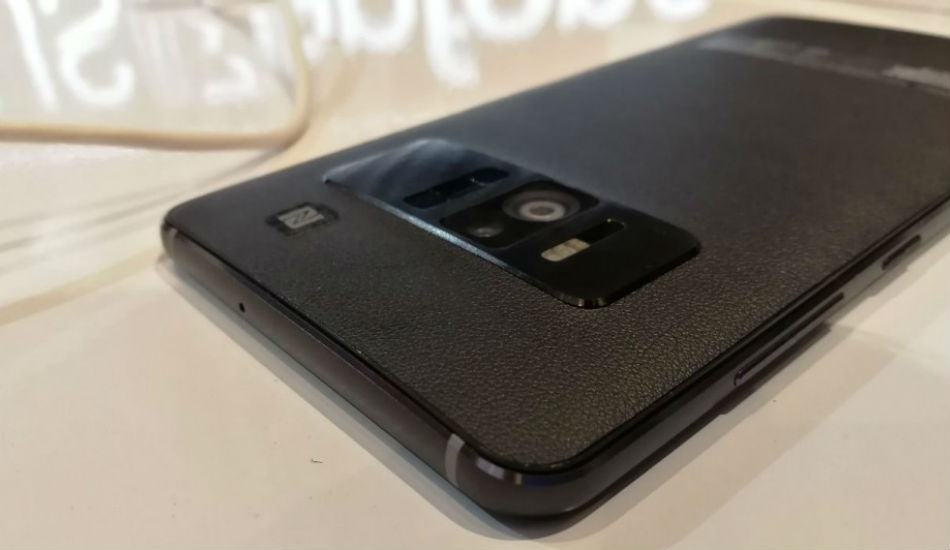Asus has finally announced the first smartphone which comes equipped with Google Tango and Daydream VR technologies known as Asus Zenfone AR. Priced at Rs 49,999, the smartphone will is available from Flipkart.
The smartphone banks high on Google’s aspirational project, Tango, which uses depth sensing and motion tracking technologies to give a blend of augmented reality (AR) right from the mobile device. Daydream is Google’s take on the high-quality mobile VR experience. Coming to the smartphone, it comes equipped with both of these features coupled with some impressive specs sheet. But, will it be enough to outlast its competition? We got the chance to use the device for a while and here are out first impressions.
Design and Display
The smartphone comes with a premium look and feel. The back of the device features a leather-like finish, which makes it look good and comfortable to hold. The front looks eerily similar to other Zenfone smartphones, but it is certainly not a bad thing. The phone is 158.7mm tall and is just 4.6mm thin at edges, which makes quite a slim device and it is certainly lightweight with 170 grams. The front comes with a 5.7-inch screen with some minimal bezels and you will find the earpiece, front-facing camera and usual array sensor at the top, while at the base, there is a fingerprint scanner, which also acts as a home button flanked by back and recent menu buttons.
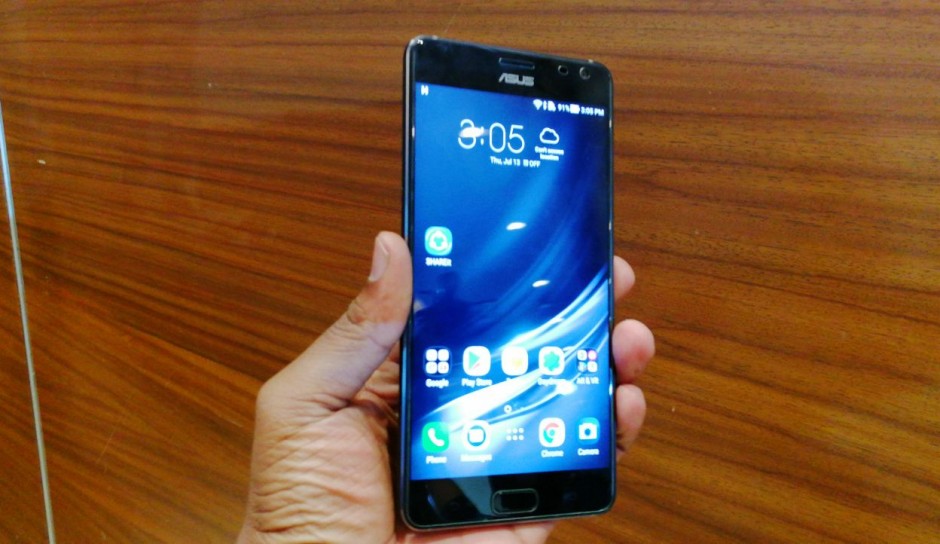
The right houses volume controls and power on/off button, while the left comes with the Dual-SIM slot. At the back, you find two cameras and lots of sensors (after all it is an AR-enabled smartphone!). There is a main camera with a 23-megapixel sensor and just beneath it, you will motion tracking camera and right adjacent to it is a depth sensing rear camera. Then there is an infrared projector and dual-tone LED flash. At the base, you will 3.5mm Audio Jack along with USB Type-C port and a speaker grille.
Moving to the display, the smartphone boasts a 5.7-inch WQHD Super AMOLED Display with a screen resolution of 2560 x 1440 pixels and a 79 percent screen-to-body ratio, which is protected by a Corning Gorilla Glass 4. The display does comes with some good viewing angles and has some punchy colour output. The high-resolution screen is ideal for smooth and interesting virtual reality experience and we will talk about it more during our review.
Features
The major highlight of the smartphone is the inclusion of Google Tango and Daydream technologies. Starting with the augmented reality (AR), the smartphone comes with some interesting applications like iStaging, Measure and more. We used a BMW app, which projected the new BMW i8 on our screen, blending perfectly with the surroundings. We were able to navigate around the latest car and was able to see some minute details like car interiors, seat fabric and more. The whole experience was pretty smooth and immersive.
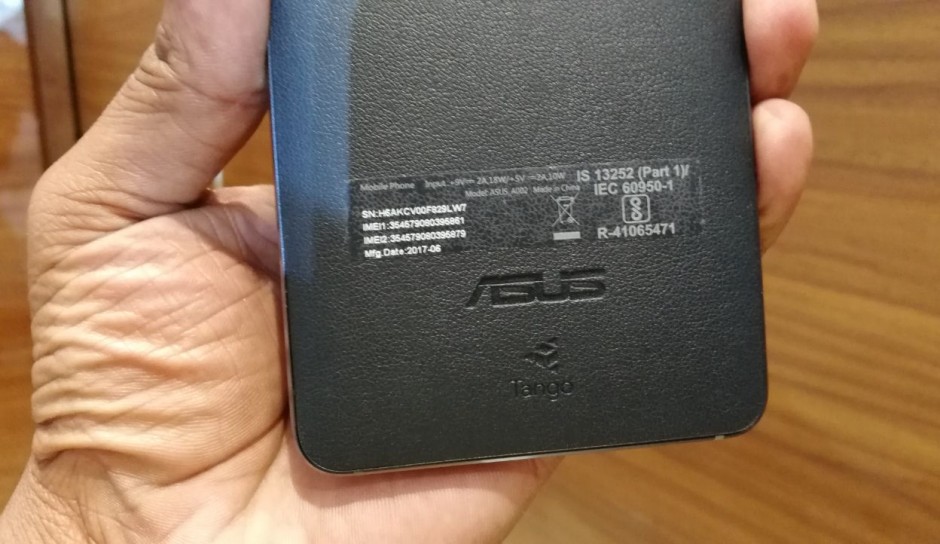
Next, we used Slingshot Island, a game which uses AR technology just like Pokemon Go. You need to setup an island first and once it was done, you see a slingshot which you need to fire on the island to bring down the statue or buildings. The smartphone is also Daydream-ready meaning that you can explore the virtual reality realm with much ease, all thanks to a high-resolution screen. However, the technology is still at niche stage and the App counts are particularly low. But, we are hopeful that developers will soon come up with some interesting applications and games.
Hardware and Software
Coming to the hardware part, the Zenfone AR packs a Qualcomm Snapdragon 821 processor, which the company has optimised for Tango with a whopping 8GB of RAM. Asus says that ZenFone AR was developed in close cooperation with Google to deliver the best Tango and Daydream experiences. There is 128GB of internal storage in the phone apart from which it has an expandable storage slot that can hold a micro SD card of up to 2TB capacity. That said, the massive 8GB of RAM could be a game changer and it would be interesting to see how well it catches up with the rest of the competitions.
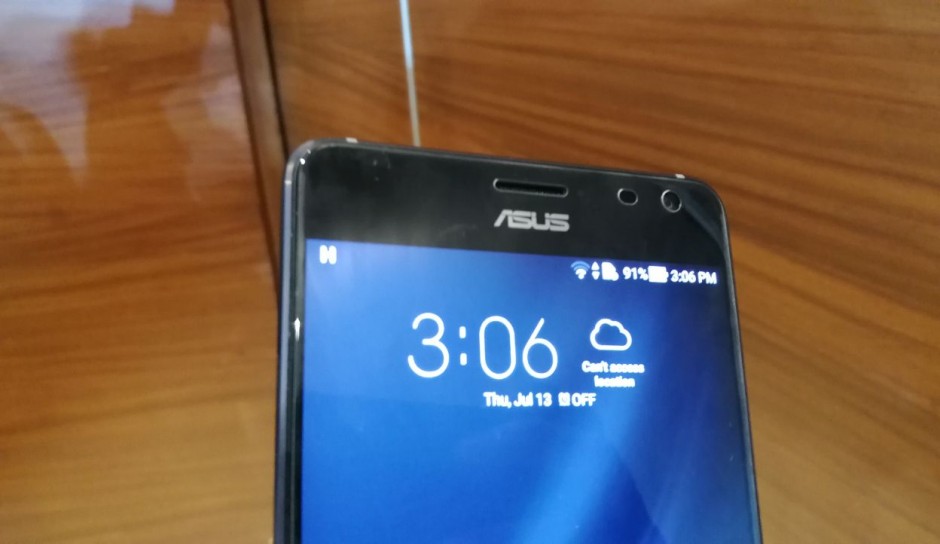
On the software front, the smartphone runs on Android 7.0 Nougat with company’s ZenUI 3.0 on top of it. As usual, you will a plethora of Asus apps in the smartphone, which can be a pain for some people. That said, the user interface would be one thing that will either make or destroy this device. So, stay with us for more updates in this regard.
Camera
The smartphone comes with a 23-megapixel Sony IMX318 rear camera, with usual Tango sensors for motion tracking and depth sensing. The main camera also supports TriTech+ Autofocus system, dual-PDAF, second-gen Laser Focus, and continuous focus. The rear camera supports 4-axis OIS (optical image stabilisation) as well as 3-axis EIS (electronic image stabilisation) for video recording alongside support for 4K video recording.
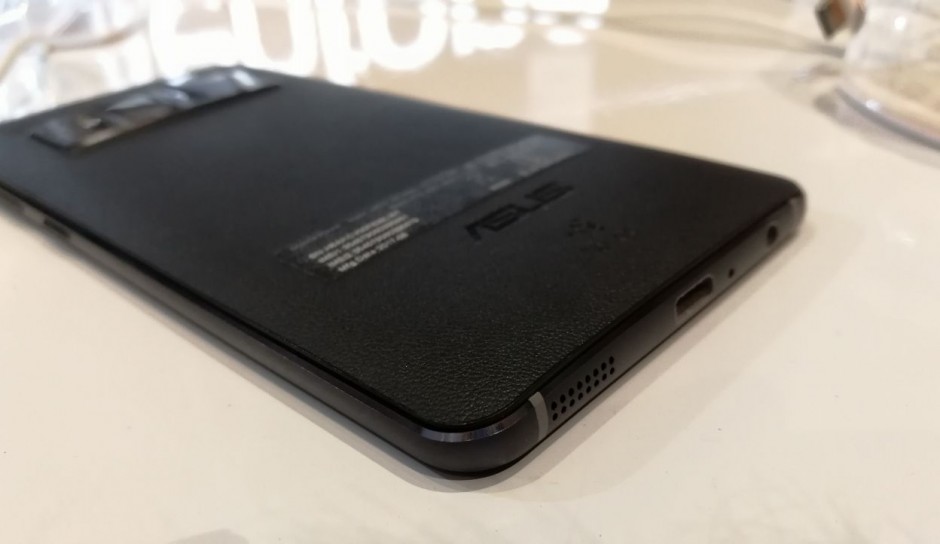
Then there is a colour correction (RBG) sensor, which it claims helps in white balance. The device comes with an 8-megapixel front camera as well. The camera is one of the major and most important parts of this smartphone as Tango requires some camera sensors in order to make proper depth sensing and motion tracking.
Battery and Connectivity
On the battery front, the device is juiced up by a 3300mAh battery coupled with Qualcomm Quick Charge 3.0 and company’s own BootMaster Fast Charging, which it claims to charge up to 60 percent of battery in 39 minutes. The high-resolution screen and Tango will surely drain the battery at a faster pace. Apart from this, the smartphone also supports Hi-Res Audio, DTS virtual surround sound, and a 5-magnet speaker, which looks promising.


